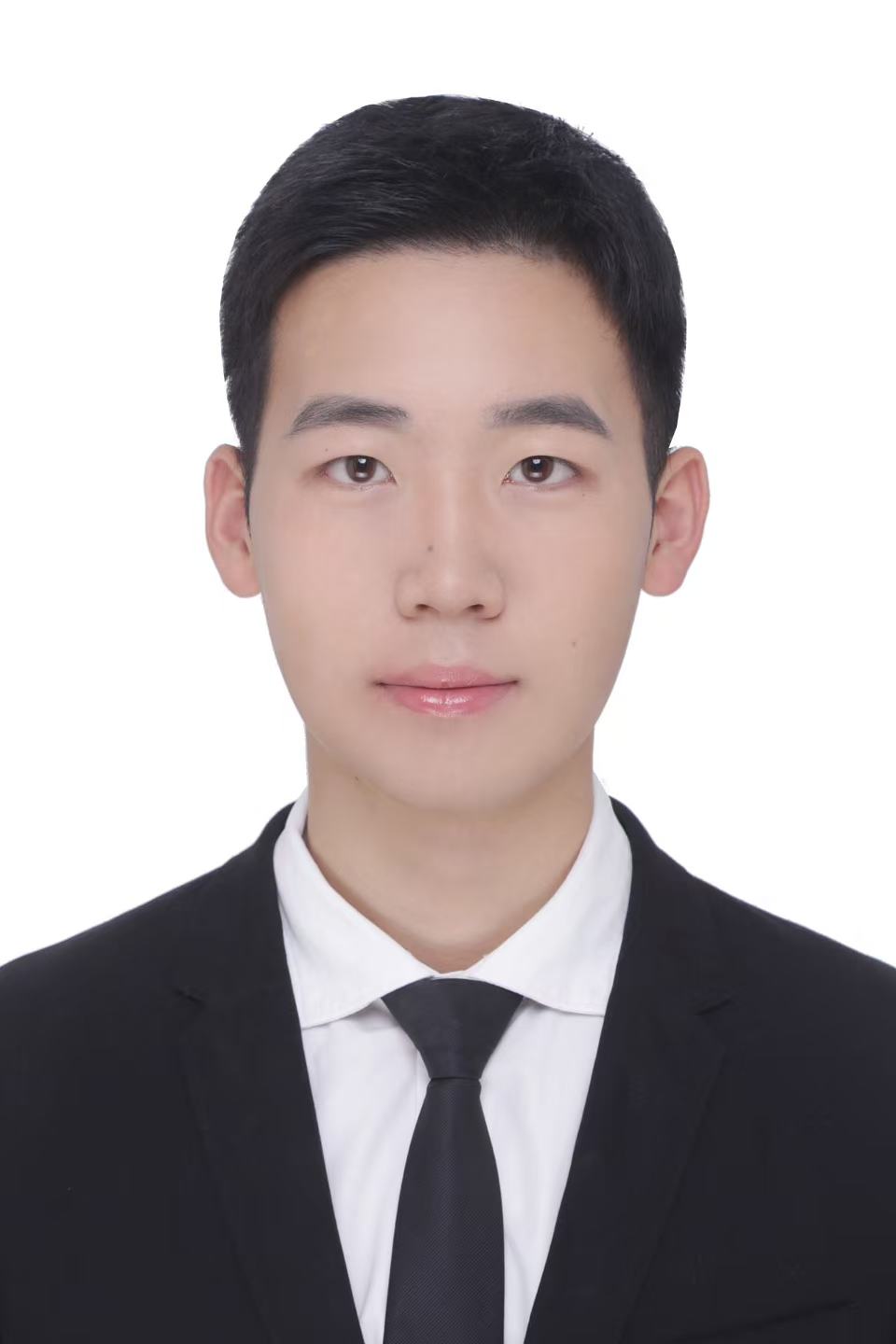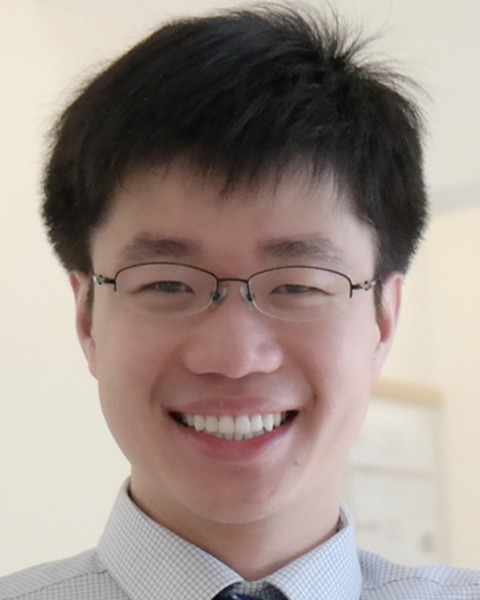Device Technologies and Biomedical Robotics
Interventional Devices, Prosthetics, Robotics, and Assistive Technology
Sparse Flexible Ultrasound Arrays Enables Personalized Deep-Brain Neuromodulation in Humans: Simulations and Ex Vivo Validation
Saturday, October 11, 2025
9:30 AM - 9:45 AM PDT
Location: Room 30E

Haoming Huo
Duke University, North Carolina, United States

Junjie Yao, PhD
Associate Professor
Duke University
Durham, North Carolina, United States
Presenting Author(s)
Primary Investigator(s)
Introduction: : Transcranial focused ultrasound (tFUS) is a promising non-invasive method for deep-brain neuromodulation, but its effectiveness is limited by the human skull’s irregular shape and acoustic properties, leading to attenuation, wavefront distortion, and mode conversion. Traditional rigid ultrasound arrays exacerbate these issues due to strong wave reflection and refraction at large incidence angles. To address these challenges, we propose a non-uniform, sparse, flexible ultrasound array optimized for human deep-brain tFUS. This flexible design conforms to individual skull anatomies, improving wave transmission. We simulated tFUS wave propagation in four numerical human brain models, comparing the flexible array to a conventional rigid array. Results show that the flexible array reduces the z-axis full width at half maximum (FWHM) by 43.3%, increases the spatial-peak pulse-average intensity (ISPPA) by 194.1%, and lowers the peak grating lobe ratio (PGLR) by 32.5%. Experiments on an ex vivo human skull with a lab-made flexible array confirm feasibility, achieving a focal area of 10.92 mm² in the x-y plane, a z-axis FWHM of 24.72 mm, and a transmission ratio exceeding 0.08. These findings suggest that the flexible-array-based tFUS approach offers improved therapeutic efficiency and spatial precision, showing strong potential for treating various neurological disorders.
Materials and
Methods: : We designed a sparse, flexible ultrasound array with 100 elements (10×10 grid) and 0.5 MHz center frequency for transcranial focused ultrasound (tFUS). The flexible array conformed to the scalp, reducing wave incidence angles compared to a rigid planar array placed 2 cm above the head. Simulations used 5 pitch sizes and 4 element sizes, and evaluated z-axis/x-y FWHM, transmission ratio, ISPPA, and peak grating lobe ratio (PGLR). A non-uniform element placement strategy was employed to minimize grating lobes using a simulated annealing (SA) algorithm. The cost function penalized beam energy outside the -12 dB main lobe region. Each simulation used the k-Wave MATLAB toolbox with a 0.5 MHz frequency, 0.5 mm grid, and smoothed human brain models. The straight-ray method optimized phase delays for accurate focus, balancing speed and precision. For validation, we fabricated a 1 MHz flexible array (128 elements, 2 mm size, 3.7 mm pitch) with 1-3 composite elements. An ex vivo human skull was degassed and immersed in water, covered with agar, and scanned via 3D optical imaging to map element positions. A hydrophone measured pressure distributions generated by the flexible array using a programmable Verasonics system. Results confirmed effective acoustic focusing with improved spatial resolution, validating simulation outcomes and demonstrating feasibility for clinical tFUS applications.
Results, Conclusions, and Discussions:: In this study, we quantified the performance of a flexible transducer array for human deep-brain tFUS using MRI-derived brain models. We analyzed the effects of pitch and element size, comparing flexible and rigid arrays with uniform and non-uniform patterns. Larger pitch sizes enhanced focal sharpness but increased skull-induced attenuation and reflection, reducing transmission by 22.9% (flexible) and 27.3% (rigid). Increasing element size improved transmission (~24%) but broadened the focus, particularly in rigid arrays. Flexible arrays outperformed rigid ones by better conforming to the skull, minimizing mode conversion and energy loss.
Non-uniform patterns (e.g., spiral, random) further enhanced focusing. The random flexible array reduced z-axis FWHM by 43.3%, improved ISPPA by 194.1%, and lowered PGLR by 32.5% compared to a uniform rigid array. Experimental validation with a 1 MHz spiral flexible array confirmed effective transcranial focusing, showing promise for personalized neuromodulation.
Limitations include idealized uniform element properties in simulation, imperfect scalp conformity in experiments, and reliance on 3D scanning for accurate element localization, which may not be feasible clinically. Moreover, the prototype used a higher frequency (1 MHz vs. 0.5 MHz), which reduced transmission efficiency. Future work will focus on refining personalized flexible arrays with improved conformity, lower frequency elements, and beam steering capabilities for safe, precise, and adaptable neuromodulation
Acknowledgements and/or References (Optional):: This is an unpublished work.
